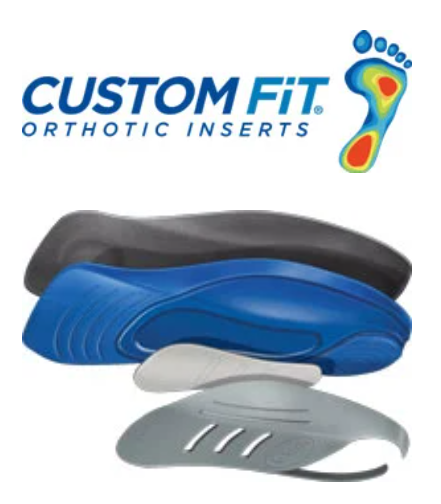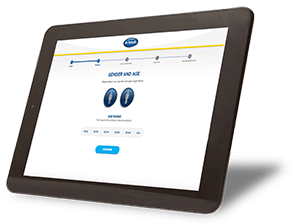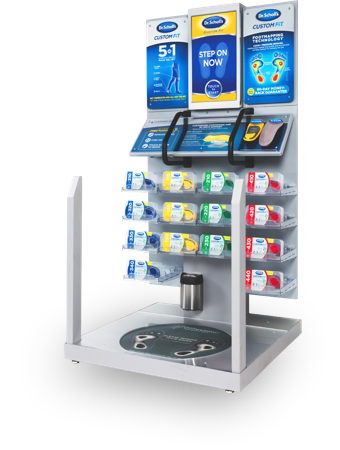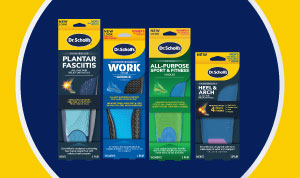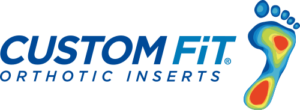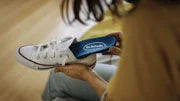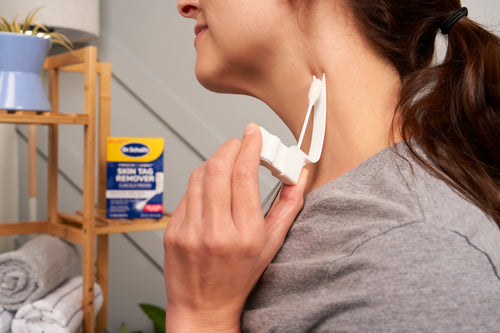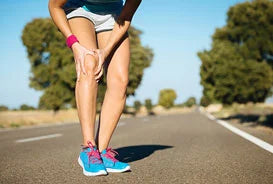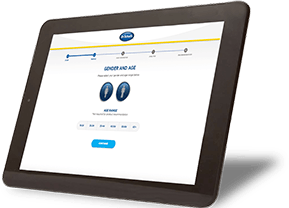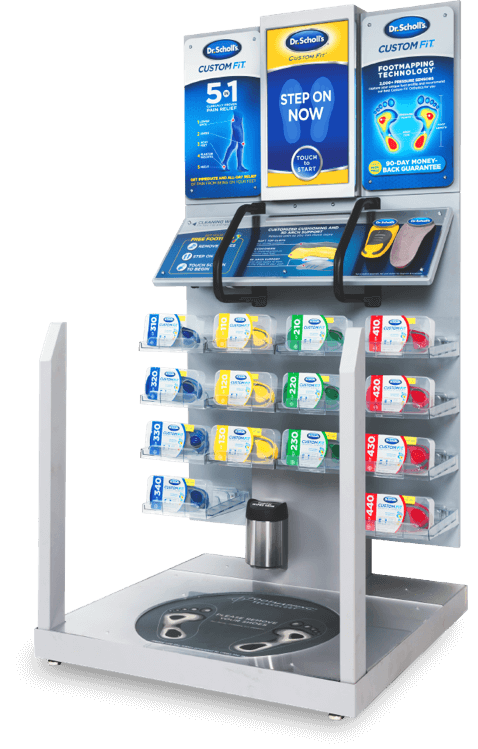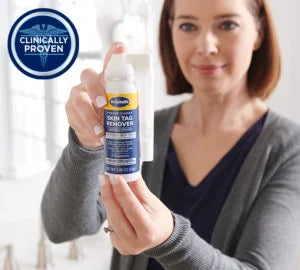Osteoarthritis pain is pain that’s associated with a degenerative disease affecting the joints called osteoarthritis (OA). Pain is one of the most prevalent symptoms of this disease. Osteoarthritis is the most common of the many different types of arthritis. The condition can affect any joint in the body although it most commonly involves the knees, lower back, hips, hands and neck.
Pain from osteoarthritis typically develops gradually, progressively worsening over time. In some cases, however, osteoarthritis can advance more rapidly, especially in a joint that was previously injured.
People typically experience pain from osteoarthritis during physical activity or after a long, active day. The pain often improves with rest but pain and stiffness can also occur following long periods of inactivity. Moving the affected joint will generally trigger osteoarthritis pain. The area may also feel tender to the touch.
Osteoarthritis pain is often accompanied by other osteoarthritis symptoms such as stiffness, joint instability, loss of range of motion and swelling. Osteoarthritis pain can make it difficult to enjoy daily activities, negatively impacting quality of life.

